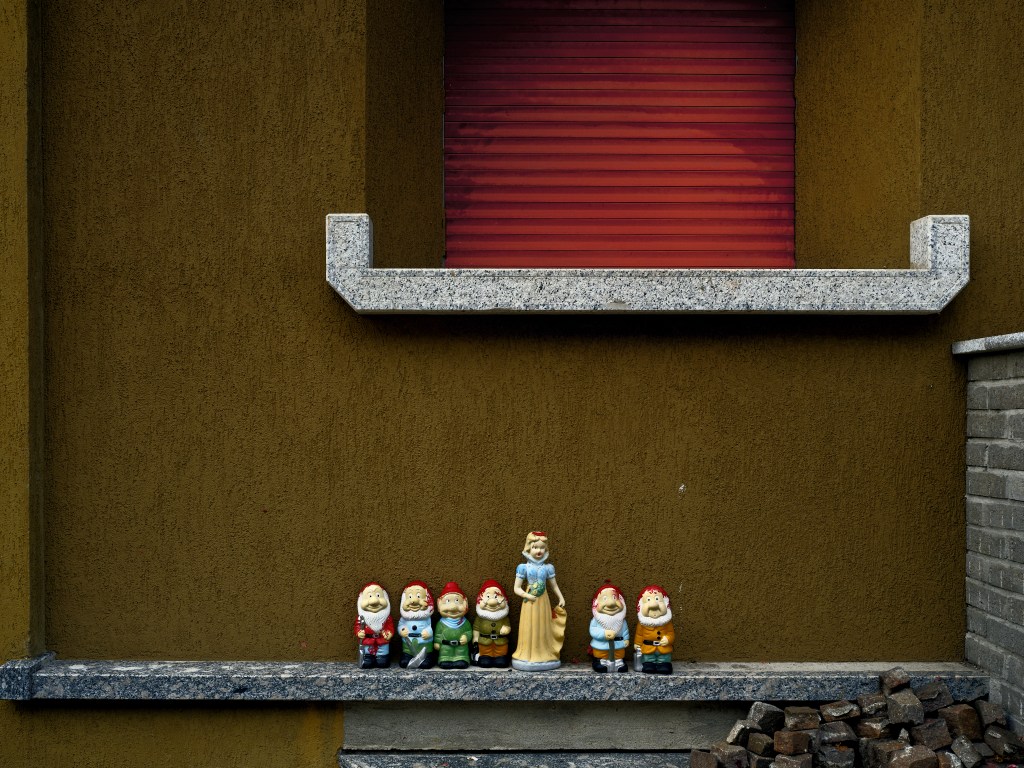Eight

A set of eight images from the eighth month of the year, shot while on vacation in northern Italy. As always, fragments of life seem to make the most interesting images.
As usual, there are always the shrines:

And bizarrely, I found a number of different houses with Disney characters outside. I am not sure why Snow White and the Seven Dwarfs is so popular with mountain communities.



I also tried some artsy fragments of scenes, with mixed success. There should probably be a lifetime quota for shots of aging architecture.

And of course, a lot of time was spent hiking, which was frequently painful, thanks to the temperature reaching 36+ degrees at even at 1000m altitude. But the sun also meant that there were some amazing views, such as this almost perfect lake reflection:

In contrast, the hike to the Ventina Glacier was windy, cold and very wet. The viewpoint from which the photograph below was taken would have been completely under the ice only two decades ago. Images such as these together with the extreme and highly changeable weather underscore just how serious and urgent the climate crisis is.

All the images in this set were shot with the GFX100s, mostly with a 45mm lens (roughly equivalent to 35mm on full-frame). These are part of the ongoing learning process for the camera, lenses, and processing.
While the GFX can produce amazing images, it can be difficult to realise the benefits of the huge sensor and glass when shooting landscapes with a deep depth of field. Shoot too at too small an aperture and there will be parts of the image that turn out to be soft. Stop down too much and you end up in a fight with diffraction and the need to bump ISO to compensate for a slower shutter speed, both of which reduce sharpness. For the absolute best image quality with deep depth of field you will probably want to use a tripod and focus-stack.
Fortunately, documentary photographs seldom need extreme depth of field.
Categories: Landscape, Photography, Travel
Come sempre, bravo Mark! Però il lago in Valmalenco è il lago di Campagneda.
Grazie Dan – e hai assolutamente ragione per il nome del lago!